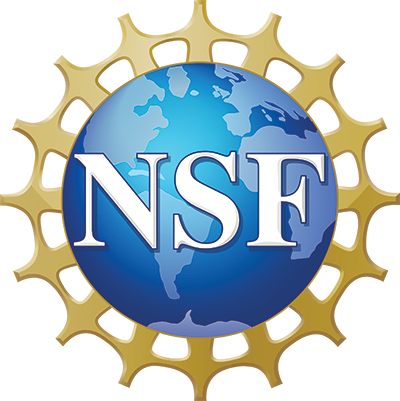
There are still discoveries waiting to be made from the Arecibo Observatory in Puerto Rico.
Its famous 300-meter radio dish–the world’s largest for decades–sustained damage in 2020, and the telescope shut down. But thanks to an international community of scientists and researchers, including a School of Informatics and Computing faculty member, Arecibo’s thousands of hours of viewing data will be available for researchers to make new discoveries for many years to come.
Indiana University, the University of Notre Dame, University of North Carolina at Chapel Hill, and the University of Southern California were among those participating as part of the $3 million CI CoE Pilot grant. Through two projects funded by the National Science Foundation, Murillo and her colleagues have been working to preserve and exchange scientific data, and promote the exchange of cyberinfrastructure knowledge from Arecibo and other major NSF facilities. Through her collaboration with a far-flung team of researchers, Angela Murillo, assistant professor of library, information and data science, is helping to archive a treasure trove of astronomical data from the Arecibo radio telescope dating back to the 1960s.
To continue and expand the work the CI CoE Pilot began, Murillo and colleagues recently received a new $8 million National Science Foundation grant (NSF #2127548) for 2021 to 2026, CI Compass.
These projects provide expertise and active support to cyberinfrastructure practitioners, and have developed a data life cycle model for major NSF facilities. That’s important in the case of Arecibo, where researchers have amassed thousands of hours of observing sessions using its famous telescope, featuring a reflector dish built into a natural sinkhole.
Continue reading the article here.






